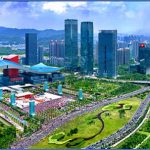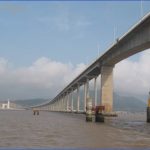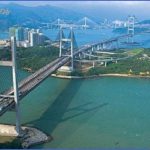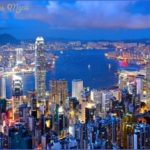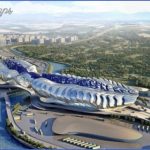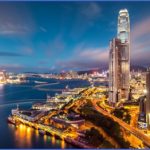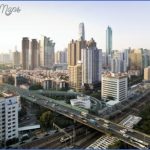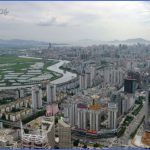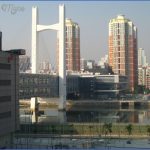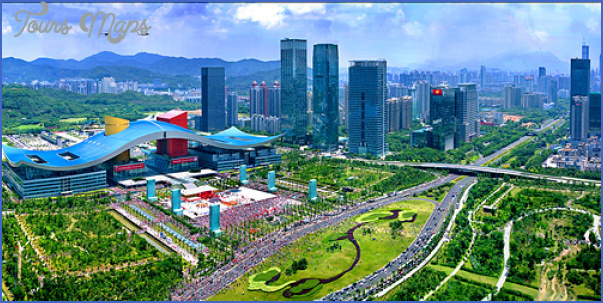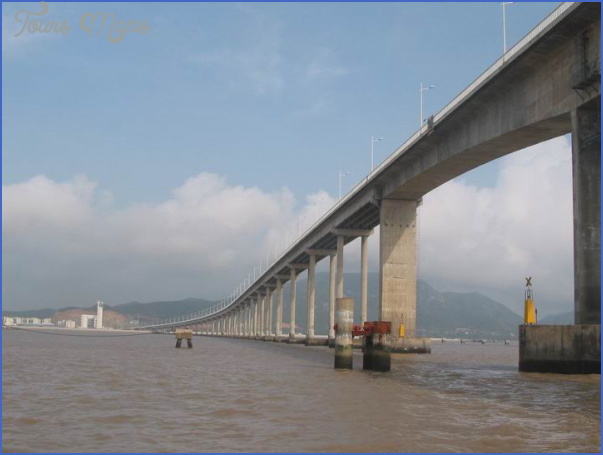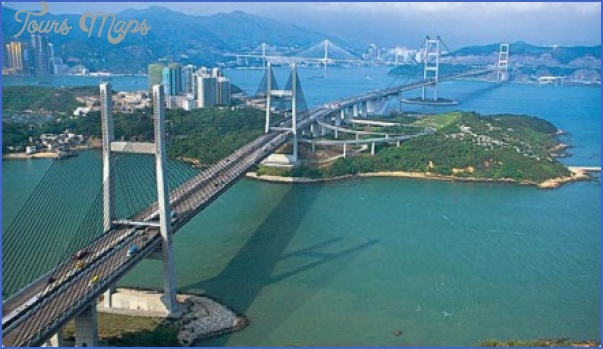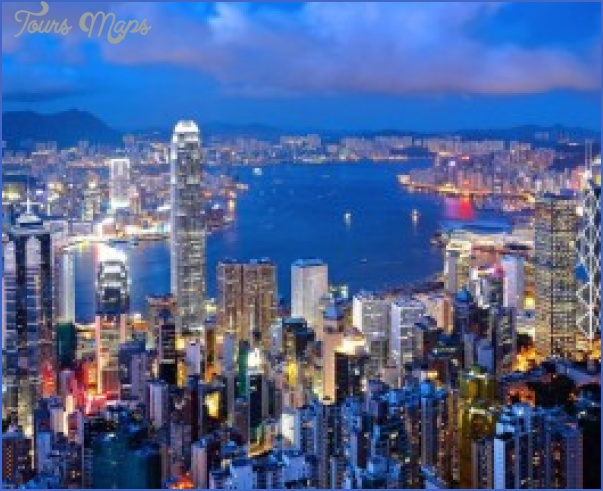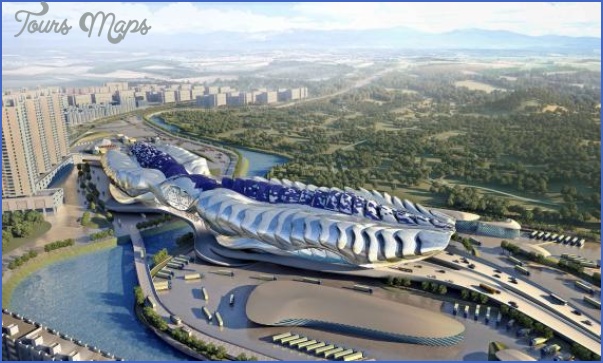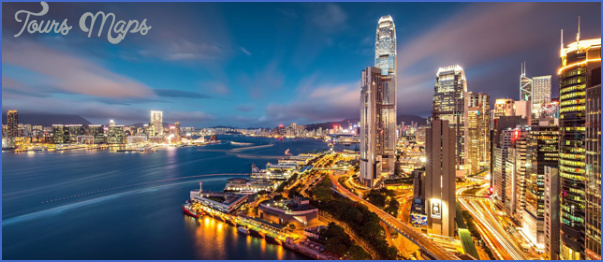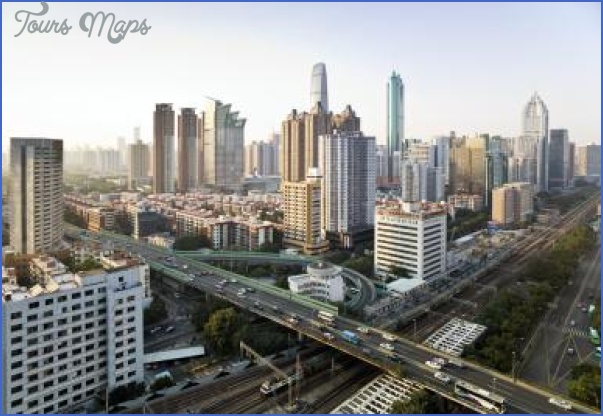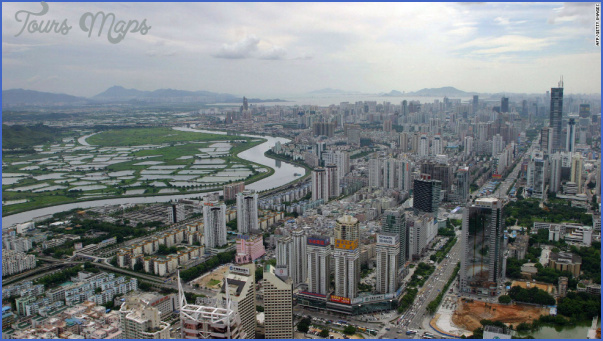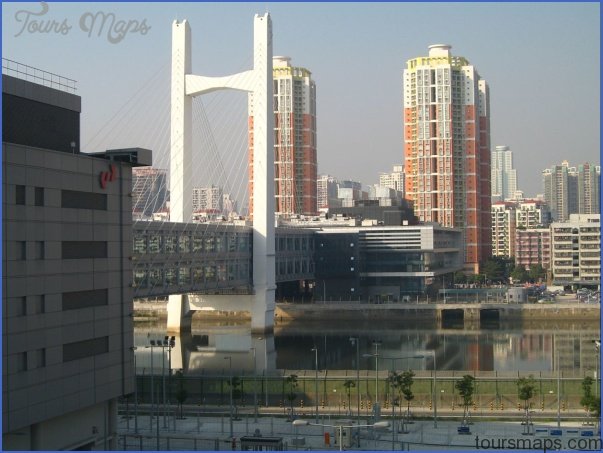A cold January morning, 1975.
We are rugged up against the Siberian wind under the pillars of the old Kowloon Railway station at the Hong Kong Star Ferry. A China Travel Service guide is busy tagging our luggage. There is no independent travel to China in the 1970s. A China Travel guide must accompany everybody and China Travel is a branch of the Ministry of Public Security.
We are en route to Beijing. There are no direct flights between Hong Kong and any city in China. If you want to fly to Beijing you have to do it via Tokyo, Rangoon or Karachi. Sensible people take a train to Lowu Luohu on the border, cross the border and take a further train to Canton. From there they can either fly there is one flight per day or catch a further train to Beijing.
China travel herds its charges to the border at Lowu once per day. There are never many of them. Along with us there are two mysterious Chinese officials in Mao suits and the young wife of a British diplomat.
We walk along the platform of the Edwardian building. The smell of diesel and the throbbing of engines. The Kowloon-Canton Railway is still unelectrified. We board the train. The carriage is deep green steel from another era. We are in first class and a white-coated attendant waits to take our order for an early morning heart starter. Perhaps a gin and tonic?
We set out. Once through the Lion Rock Tunnel we are in a land of paddy fields, conical straw hats and water buffalo. We stop at numerous whistle stops; only Taipo is big enough to class as a large town. The Chinese officials remain deeply engrossed in mysterious conversation. A young wife bemoans her fate rotting away in Beijing. We are bemused. The China Travel guide smiles condescendingly.
We arrive at Sheung Shui, the last station before the border and the beginning of the border controlled zone. The train empties as if by magic. Beside the station, stinking cattle hides are hung-up to dry. The river is stained blue.
We pull into Lowu station and disembark.
At the end of the platform, sitting at a table, there is an official in a navy blue Hong Kong Immigration uniform. He does not appear overworked. Rarely more than four or five people per day cross the border. He stamps our passports.
We walk onto the famous bridge, cautiously because there is no real floor, just railway sleepers. In the middle of the bridge is a soldier dressed in the baggy green uniform of the People’s Liberation Army. He is carrying an AK-47 with a fixed bayonet and he looks like he will brook no argument. We walk to another small table with another uniformed official, this time once again in the baggy green of the PLA. He is quick to stamp our passports we subsequently discover that, while we were sitting, our photo had secretly been taken.
We look around the border area. A grey concrete railway station lined with mature banyan trees, to the right, a four storey grey concrete military barracks. Otherwise, we glimpse nothing but paddy fields.
We are taken to a waiting room. The daily train to Guangzhou leaves at 1.30 so we are given lunch. Miraculously the Chinese officials disappear. We are seated. The laments of the young British diplomat’s wife continue to our amusement. We later discover that this is not accidental. Lunch groups are arranged strictly according to a strange Chinese political protocol whereby we are considered appropriate company for the British. But woe betides us if we stray or attempt to eat at the tables set aside for Moslems, Africans, or, indeed Chinese. Those way serious accusations of deviationism lie.
Lunch finishes.
We are herded into what we later discover is the waiting room for first and second world non-Moslems.
Silence reigns everywhere.
It has been decreed to be afternoon, thus xiuxi, or naptime. Everybody is suffering from minor malnutrition; so, nobody has much stamina for anything but sleep. And so they sleep, in corridors, on benches on the station, at their desks.
Long rolling snores fill the air.
Finally, we are called to board the train and continue our journey to Canton.
The 90-mile journey, by the time we arrive in Canton, will have taken eight hours.
Hong Kong to Shenzhen Photo Gallery
Maybe You Like Them Too
- The Best Cities To Visit in The World
- World’s 10 Best Places To Visit
- Coolest Countries in the World to Visit
- Travel to Santorini, Greece
- Map of Barbados – Holiday in Barbados

